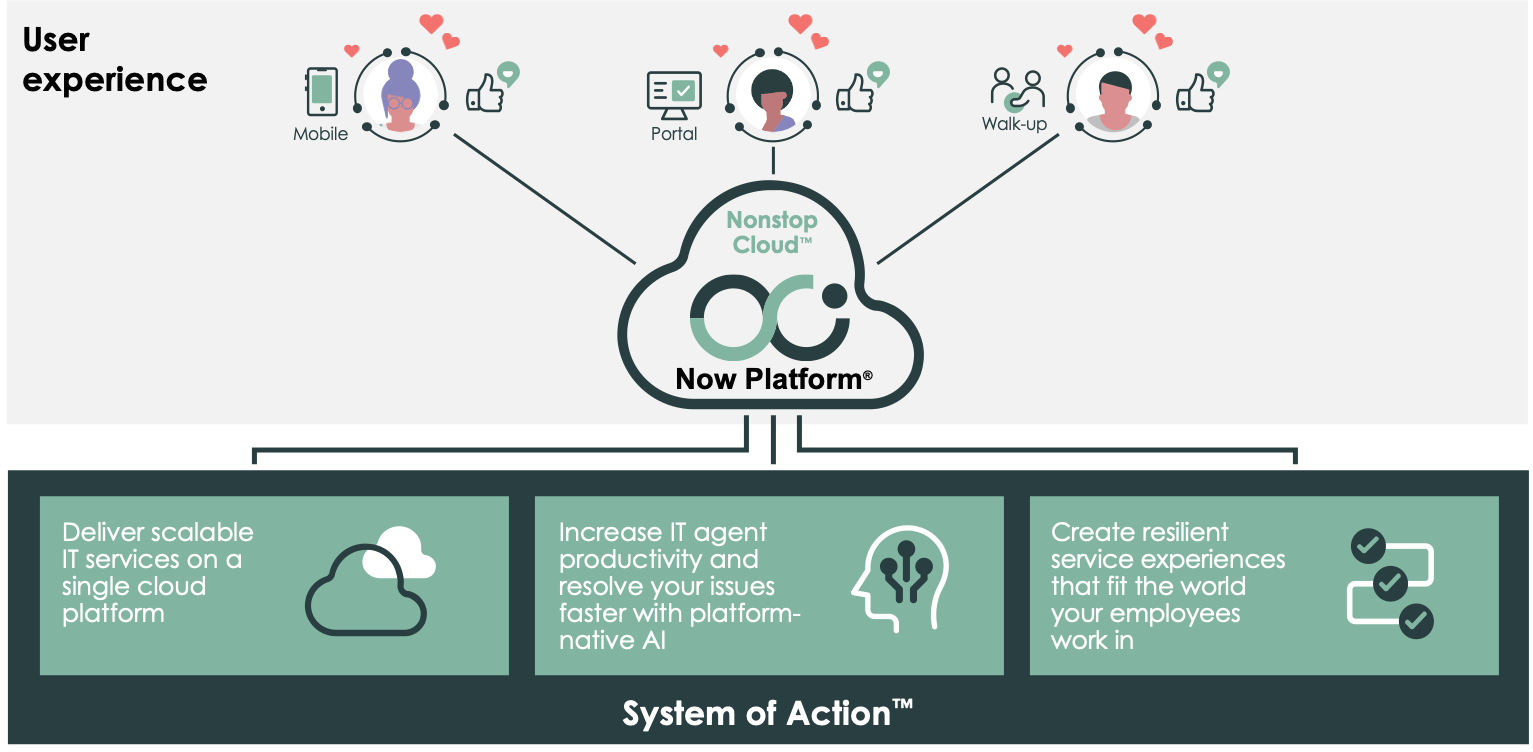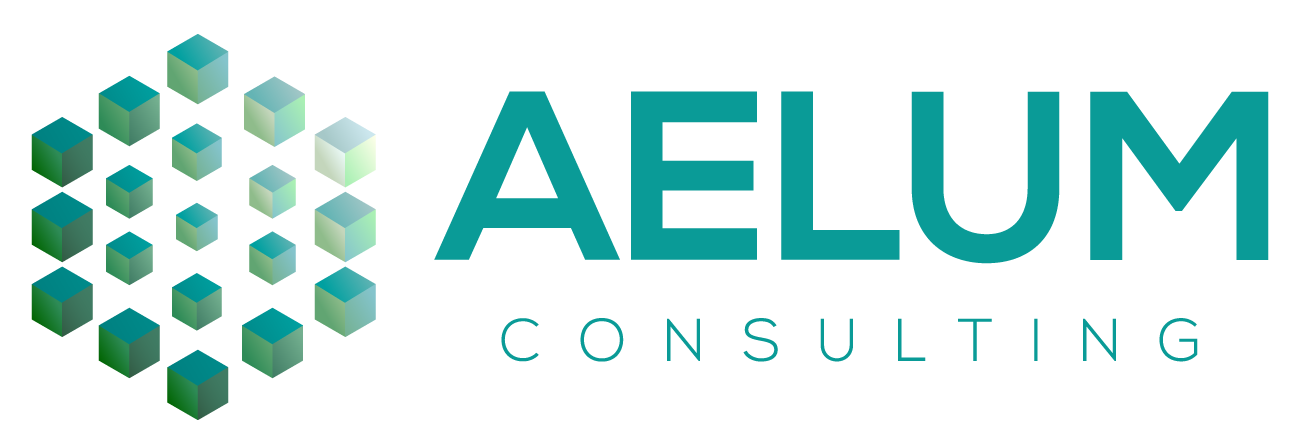The IT landscape is constantly changing, and to keep up with growing consumer demands, organizations need to modernize their ITSM (Information Technology Service Management) system. Many organizations are still stuck with rigid and difficult-to-integrate legacy ITSM. These outdated technologies often lead to poor user experiences, lack of agility, limited automation, and high ownership costs.
CIOs around the globe are stepping up to lead this digital transformation, aiming to deliver new services and applications quickly to drive better business outcomes. But let’s be honest: replacing software isn’t always straightforward.
If your current ITSM systems are struggling to keep up with the speed of business, you’re not alone. Let me help you analyze if you are still using legacy ITSM:
- Are you running numerous ITSM products in parallel, each requiring its maintenance?
- Do changes to user interfaces, data structures, and workflows require specialist expertise, causing disruptions?
- Are you managing multiple help desks and service desks, leading to unsustainable overhead?
- Does adding new features necessitate a separate server with its own infrastructure and administration costs?
If you are facing any of the issues mentioned above, it’s high time to change the legacy ITSM and give your customers and employees the superior experiences they deserve in this highly competitive world.
Did we mention that we know a modern, cloud-based ITSM platform that is trusted by 85% of Fortune 500 companies? Yes, you can leverage it too. Want to know the answer? Read it till the end.
How are your Legacy ITSM Contributing to Technical Debt?
For many organizations legacy ITSM are their backbone, holding them back to digitally transform and creating new experiences for their customers.
Technical debt is a significant issue that organizations face when rushing to launch new applications or software as quickly as possible. This race for speed can lead to built-in problems that become costly to fix down the road, especially when the solution proves unfit for its intended purpose. As organizations scale and transform to remain competitive, managing technical debt becomes crucial.
From a non-technical perspective, it represents a deferred investment. Technical debt is a potential blocker to provide value to customers, and organizations must constantly work to reduce it. Understanding where your technical debt lies and developing the right strategy to address it is vital. This could involve accepting it, scheduling its removal as part of ongoing maintenance and upgrades, or investing in the right technology or I say modern technology.
Legacy ITSM and technical debt are closely related. The use of outdated technologies contributes to the accumulation of technical debt, creating a cycle where legacy ITSM become increasingly difficult and costly to maintain. This, in turn, hinders the organization’s ability to modernize or replace these systems. A survey by McKinsey revealed that CIOs allocate about 10-20 percent of their technology budget to address technical debt. Legacy ITSM contribute to increased technical debt and cost businesses in several ways:
- Maintenance overload
- Data silos
- Frequent downtime
- Higher time to market
- Non-compliance
- Poor customer experience
Managing technical debt is essential for maintaining operational efficiency and delivering value to customers. The risk of staying with legacy ITSM is high and you are now considering joining the enterprise software and leaving your legacy ITSM systems to be more agile, scalable, and productive. The past experiences of cost-heavy and time-consuming systems leave teams waning. But, migrations to modern ITSM are different. Let me take you through the facts.
The Risks of Migrating your Legacy ITSM System
The modern digital world is overwhelmed with technologies. Migrating your systems is a complex initiative, especially for enterprises, that have a multitude of legacy ETL (extract, transform, and load) tools and data consuming more time than ever. The fear of downtime, data loss, and operational disruptions looms large, making the decision to migrate seem daunting. However, with a well-structured plan, the right tools, and expert guidance, this challenge can be transformed into an opportunity for growth and innovation. A comprehensive ITSM migration strategy not only modernizes your infrastructure but also enhances efficiency, scalability, and security, positioning your organization for future success.
Companies that cling to their legacy ITSM systems struggle to meet the challenges of the digital age. Major risks include:
1. Increased IT Costs: The majority of legacy ITSM are on-premises, and they require complex changes and integrations, all of which add to the expensive expense of keeping the lights on.
2. Increased Complexity: Legacy ITSM systems are frequently built on diverse technologies, making centralized visibility and reporting difficult.
3. Lack of Flexibility: Closed frameworks are typically set up in an authoritative manner, inhibiting corporate innovation and rarely aligning with how you do business.
Well, here we have some of the best practices to migrate your legacy ITSM systems into the new ITSM suite.
Best Practices for Migrating your Legacy ITSM to Modernize ITSM
Transformation is never easy. Enterprises are moving towards a more modern, and agile approach. The modern ITSM systems help you simplify your migration to a new platform. Here are a few best practices for migrating your legacy ITSM to modernize ITSM:
Step1: Prepare
The first and foremost step is planning and preparing. Document the important components of your current system or organization.
Include your team’s dependencies and roles for each component that you want to migrate.
Step 2: Discovery
Identify your current challenges and determine areas for improvement in the new ITSM system.
Organize workshops, trainings, and meetings to make your team identify current process gaps and what matches with the assigned role.
Find processes and roles for the new system.
Step 3: Implement
After identifying roles and KPIs, we need to execute and implement the mapped-out requirements of migration.
Keep your systems easy to use in the beginning and scale slowly and gradually with built-in capabilities of platform or customization.
This ensures everyone on the new system is aware of how to use it.
Step 4: Operate and Transform
Train users on the new ITSM system before going live. Operate with new functionalities to ensure seamless transformation into new systems.
Migrating to a modern ITSM platform isn’t difficult. These platforms are specifically designed to make implementation easy, and they have the flexibility needed to adapt quickly and seamlessly to your specific needs. By leveraging built-in ITIL (Information Technology Infrastructure Library) processes, optimizing your existing workflows, and following best practices, you can start to reap the benefits of your new ITSM platform in as little as months.
Today’s enterprises need a robust ITSM system to support various business processes and ServiceNow is one of the leading platforms that is becoming popular as a next-generation ITSM suite. A recent survey from Gartner talks about how the majority of enterprises are opting for ServiceNow ITSM.
What is ServiceNow ITSM?
A unified, modern, cloud-based IT service management solution that transforms agility, scalability, and IT delivery is what ServiceNow ITSM does. A next-generation ITSM suite that keeps services and operations easy and consistent to boost your team’s productivity. It quickly resolves issues and accelerates innovation using generative AI and machine learning.

How ServiceNow ITSM Help in Future-Proofing your Business?
ServiceNow ITSM platform includes many ready-to-use ITIL processes. Instead of starting from scratch, you can adapt these processes to fit your needs. This approach speeds up your transition and cuts costs significantly. If you need custom processes, simplify and streamline them. This not only improves their effectiveness but also makes migrating easier and cheaper. Other than this ServiceNow ITSM:
- Allows employees to independently resolve issues around the clock, ask questions, and access precise, consistent information, enhancing overall employee happiness.
- Improves decision-making, automates services, and continuously refines operations through tailored work environments.
- It streamlines incident handling, fosters collaboration, and empowers agents to swiftly resolve critical issues, ensuring connectivity from any location and boosting agent efficiency by up to 30%
Some of the key solutions of ServiceNow ITSM lacking in your legacy ITSM are:
1. Incident Management Portal: It allows you to resolve, investigate, and restore incidents with machine learning capabilities.
2. Change Management: It improves the speed of work while minimizing the risks and costs of unplanned changes. With its DevOps and automation features, ServiceNow accelerates change management.
3. Problem Management: This allows you to prevent issues from happening in the first place and resolve them quickly with the help of structured workflows.
4. Configuration Management: It consolidates IT data silos into an intuitive single dashboard and proactively manages the changes.
5. Virtual Agent with Natural Language Understanding (NLU): Automate routine IT tasks and service requests instantly through a conversational chatbot that comprehends natural language. It offers 24/7 self-service for customers and employees, allowing IT teams to focus on more impactful work.
6. Service Operations Workspace: Unifies IT Operations and Service Management in one seamless interface, revolutionizing workflows with modern automation and enhanced reliability.
7. Predictive Intelligence: It allows you to leverage AI to categorize and route issues accurately, empowering technicians with AI-driven insights for rapid resolutions. Through machine learning you can improve predictive capabilities based on historical data.
8. Now Assist for ITSM: It improves IT service productivity with AI-driven experiences that accelerate tasks across platforms, benefiting agents and employees by fostering agility and transforming user experiences.
9. Mobile Agent: It provides IT service agents from their desks with mobile flexibility. Along with updating records, collaborate seamlessly, and manage tasks on the go with intuitive gestures.
10. Virtual Agent Optimization: ServiceNow experts offer comprehensive support to implement and optimize Virtual Agent conversations as part of the ITSM Pro+ package, ensuring a tailored, white-glove service experience.
11. Now Mobile: Powered by the Now Platform it provides personalized self-service features allowing users to find answers, submit and approve requests. This can be done all from a platform that is integrated across departments.
12. Knowledge Management: With the help of machine learning employees can freely exchange, manage, and use information from the whole organization boosting productivity with contextual knowledge.
13. Continuous Service Optimization: ServiceNow ITSM provides real-time analytics, reporting dashboards, and benchmarking maintaining intuitive reports for continuous improvement.
And there are more solutions added to the list:
- Reports and Dashboards
- DevOps Change and Configuration
- Admin Center
- Dynamic translation
- Benchmarks
- Process Mining
- Workforce Optimization
- Employee Center
- Walk-up Experience
- Process Mining
- Workforce Optimization
We are soon going to talk about all the solutions in the complete guide on ITSM.
Moving forward, you might have already found ample use case that fits your business goals. We have bought up common benefits of ServiceNow ITSM.
How Much Does it Cost to Migrate Legacy ITSM to ServiceNow ITSM?
ServiceNow is a results-driven platform designed to transform your business. We understand that pricing can be a constraint when considering a move to modern ITSM. Implementing ServiceNow depends on various factors, so there is no fixed overall cost. To help you maximize your investment in ITSM, we need to analyze a few factors:
- The nature of your business and industry
- Evaluation of the unique needs of your business
- Value assessment of current capabilities like Virtual Agent and DevOps Change Velocity
- Selecting a scalable package suitable for every business stage: ITSM Standard, Professional, and Enterprise
- Flexible pricing tailored to your requirements
By evaluating these factors, organizations can obtain a detailed breakdown of costs and make an informed decision about choosing ServiceNow.
Moving forward, you might have already found ample use case that fits your business goals. We have bought up common benefits of ServiceNow ITSM.
Benefits of ServiceNow ITSM
With a modern, cloud-based ITSM platform like ServiceNow, you have the opportunity to transform the way you deliver IT services. By replacing your legacy ITSM suite, you will engage your end users more effectively, automate business processes more quickly than ever before, and dramatically reduce your costs. Here are some more benefits of migrating to ServiceNow ITSM:
- It delivers robust IT services without digging a hole in your pocket.
- It boosts IT productivity across departments with fast, platform-native AI resolutions.
- It provides amazing experiences with always available IT services.
- With in-built features like generative AI, you can get work done faster and more efficiently.
- ServiceNow ITSM keeps your data safe.
Modernize your Legacy ITSM with ServiceNow and Aelum Consulting
Change is the only constant, but modernizing legacy software that’s been in place for years can be challenging. Upgrading your ITSM suite with ServiceNow is a strategic move. By leveraging the comprehensive capabilities of ServiceNow ITSM, you can streamline IT operations, enhance service delivery, and foster a culture of continuous improvement. As a ServiceNow Premier Partner, Aelum Consulting understands the complexities of transitioning from outdated, cumbersome ITSM systems to cutting-edge solutions. Our team of experts will guide you through every step of the migration process, ensuring a seamless transition with minimal disruption to your operations.








